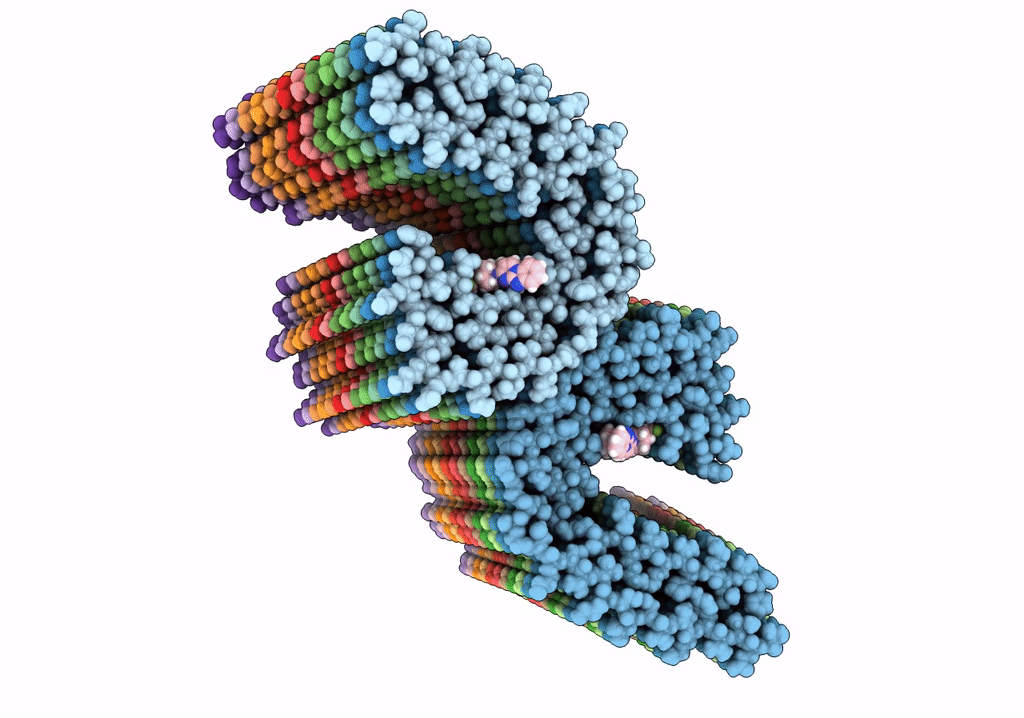
Deposition Date
2023-01-17
Release Date
2023-06-07
Last Version Date
2024-06-19
Entry Detail
PDB ID:
8FUG
Keywords:
Title:
Alzheimer's disease paired-helical filament in complex with PET tracer GTP-1
Biological Source:
Source Organism:
Homo sapiens (Taxon ID: 9606)
Method Details:
Experimental Method:
Resolution:
2.70 Å
Aggregation State:
FILAMENT
Reconstruction Method:
HELICAL


